Kiswa, the small dabbling duck completes round migration trip, returns to Bangladesh
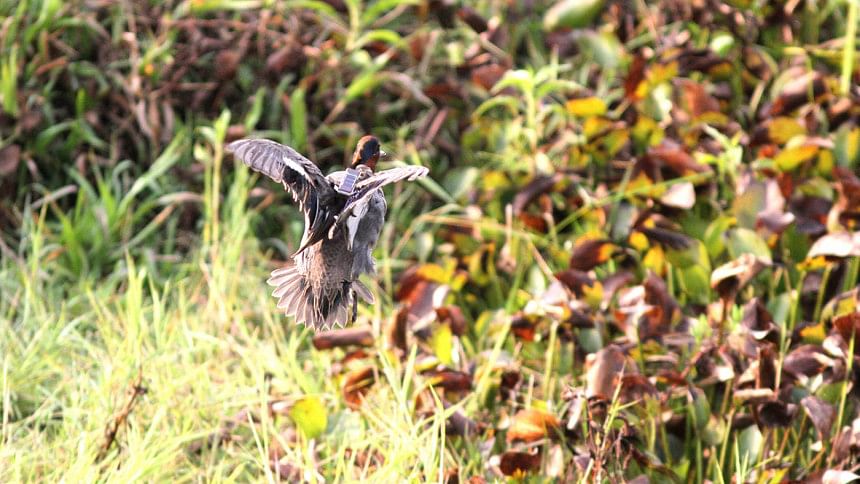
Kiswa, a wild duck was named and fitted with a Global Positioning System (GPS) tag on a cold February morning this year in the middle of Tanguar Haor.
The small dabbling duck, a female of the Garganey species, has since then completed a monumental trip flying a total of nearly 3500kms all the way from Bangladesh to China and back to Bangladesh again.
The duck was fitted with the specialised tag on February 5 this year as part of a programme conducted by International Union for Conservation of Nature (IUCN), Bangladesh and Linnaeus University in Sweden in collaboration with Bangladesh Forest Department (BFD) and Bangladesh Bird Club.

The wild ducks, fitted with these tags send information that is collected on a detailed database accessible to the conservationists currently working on the project. The data collected will be used in conservation of wild birds and wetlands, says ABM Sarowar Alam, senior programme officer of IUCN Bangladesh.
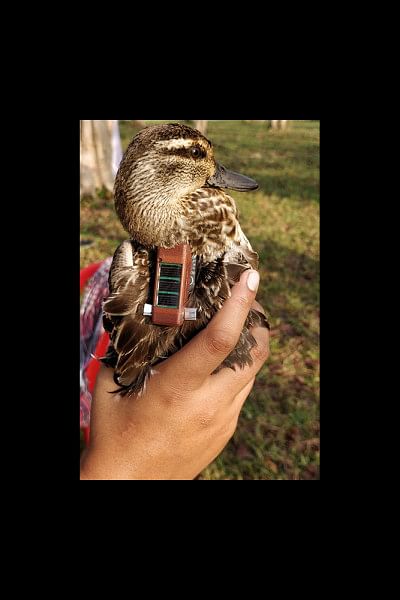
Kiswa is one of the 44 wild long-distant migratory ducks that were tagged during the ‘wild bird monitoring programme’ conducted for a large part of the previous winter in Tanguar Haor and other wetlands of Bangladesh.
“The migratory route of this duck is clearly shown in the amazing maps where the duck flew over the mighty Himalayas,” Sarowar wrote in a Facebook post published yesterday (October 15) informing people about Kiswa’s return to Bangladesh.
“The duck has been spending its summer on Senie Lake at Quinhai, China and has now returned back to its wintering ground in Bangladesh,” he added.
Other ducks fitted with the satellite tag are also beginning to make the return trip to Bangladesh.
Anyone who is interested to look up the migration of the ducks can do so on an open source app—Animal Tracker—which is available for all to use.
The ducks fitted with satellite tags are amazing repositories of data. The tags will relay back such information as wind speed, direction, location, habitat preference. And in this age of big data science, this wealth of information can be used in many ways, especially in protection of national and international wetlands and migratory species.
One of the primary objectives of the project is to understand migration patterns, vital habitats for wild birds and the possible global spread of avian influenza through wild waterfowl.


 For all latest news, follow The Daily Star's Google News channel.
For all latest news, follow The Daily Star's Google News channel. 

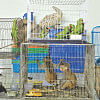


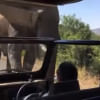
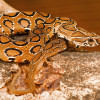


Comments